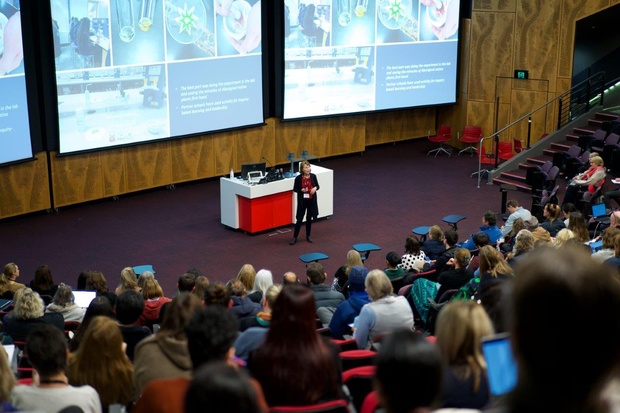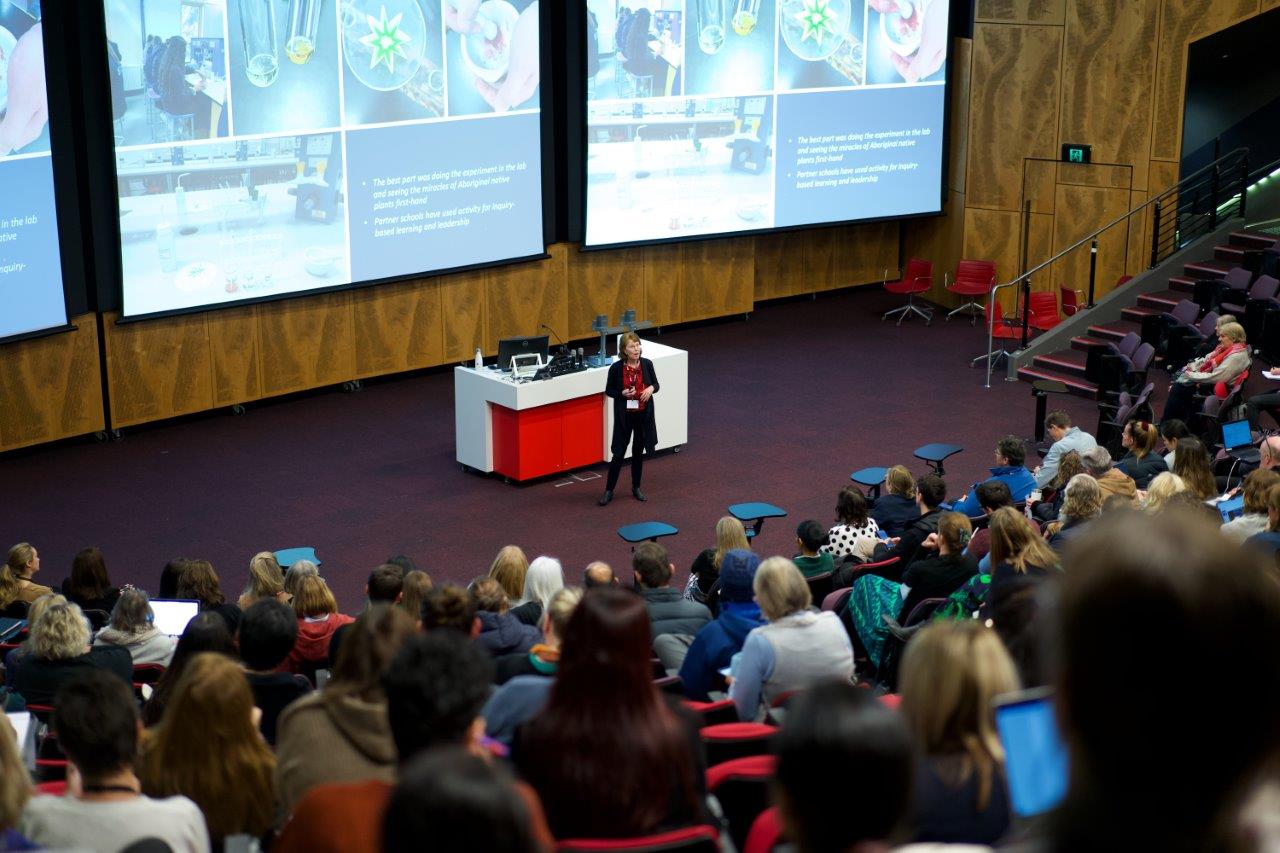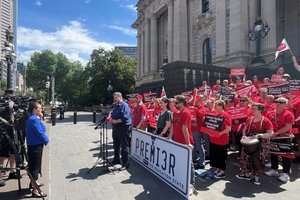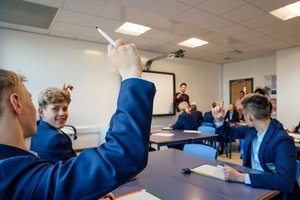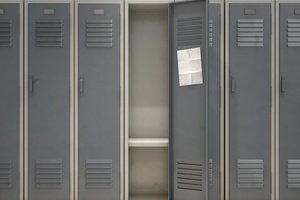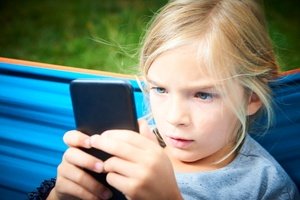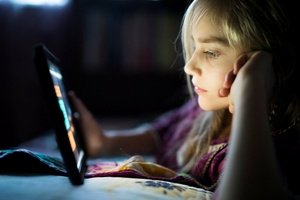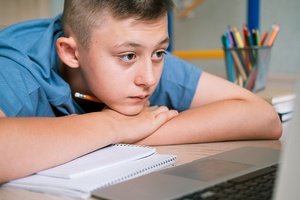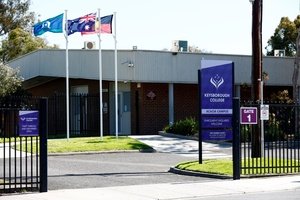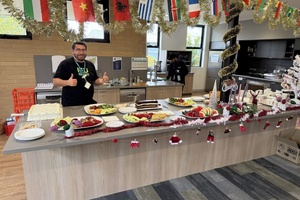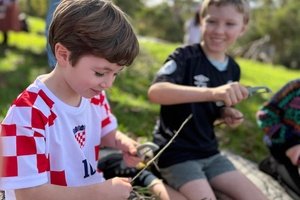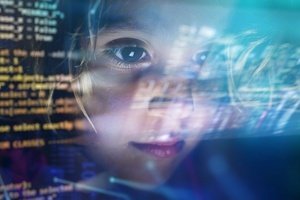With this year’s theme being ‘Hands-on Science’, along with several engaging keynote presentations, the event also proved to be a broadly immersive experience, with a number of superb workshops providing engaging practical activities and toolkits for attendees to take back to their own classrooms.
Amy Ayres, president of the Science Teachers Association of NSW, said with the changing and evolving nature of digital technologies (particularly in AI), advances in science, and an evolving workforce, all presenting challenges, STEM teachers are responding accordingly.
“Of all the disciplines, I think science is really well placed to work with AI,” she said.
“I was actually talking to someone today about a study that had been done, where they looked at the impact of using AI for students and what it showed was when students had access to AI, their work was producing evidence of deeper knowledge, not broader knowledge, but a bit deeper knowledge, which is kind of showing up in some of the work that we’re doing in formative assessment in the classroom.
“So I think that AI is largely going to have a positive impact.”
Ayres said in terms of students being taught how to work with AI, and its limitations, part of the syllabus at the moment asks educators to look at fact and fallacy.
“So to be critical, scientific citizens,” she said.
“And so we teach the students to be critical about information that they’re harvesting, and the purpose of the use of AI that they’re engaging it in, in whatever it is that they’re looking up, so are they using it for the right reasons? If it’s a shortcut, well, it’s probably not a great shortcut, because it’s not always going to be the most reliable, accurate information.
“And so [it’s about] being really critical about the information that they’re putting in and then harvesting from there.”
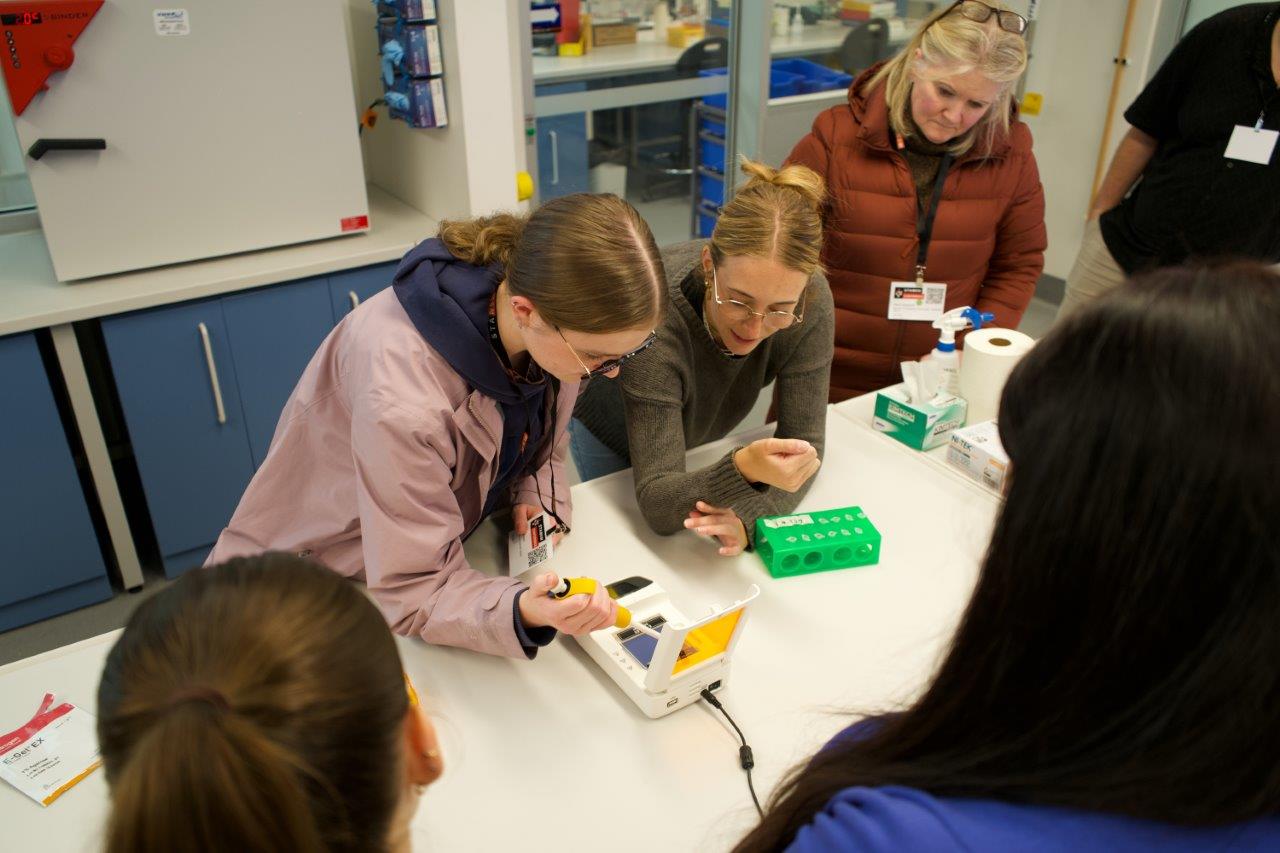
From CSIRO inquiry learning and genetic technologies to designing lesson plans and exploring invertebrates, the conference provided a unique opportunity for science educators to connect with their peers and enhance teaching skills via hands-on, informative workshops.
NSW has a significant number of teachers who are new to teaching science, and so for those teachers, the conference was about building confidence in teaching practicals in the classroom, experiments and investigations.
“There’s also another sector that is teaching out of area, and so once again, confidence teaching science, a new discipline, and then on top of that, safety in the lab, so Bunsen burners and working with chemicals safely and risk assessment,” she said.
“And then for the rest of the membership, we were looking at, how do we align our knowledge with the new syllabus, which is 50 per cent practical, and a more streamlined set up of the syllabus.”
Ayres said she has been buoyed by the high level of consultation regarding the new syllabuses.
‘Curriculum creep’, where more tertiary level work is being incorporated into the Year 11 and 12 curriculum, has been occurring more and more, but only due to students showing more capability, which Ayres said is ‘wonderful’.
“In terms of the new syllabuses, we’ve been really happy with the feedback process that NESA ran; we were able to consult on the new syllabus really heavily, and we’ve seen those suggestions being taken on board,” Ayres said.
“And so two things have come from that, one, we have a more streamlined syllabus, which means that we are able to teach within New South Wales in a more structured way, however, within that structure supporting out of area teachers, new teachers, we’ve also embedded depth studies from 7, 8 ,9 ,10 – which means that, if needed, in our context, if I’m on the beaches, if I wanted to teach a coastal study that aligns with ecosystems, that would be really easy for me to do in a depth study.
“So not only am I teaching ecosystems, we’re also saying, ‘right, guys, we live on a beach, we’re going to go into an ecosystem study on a coastal rock platform, it’s going to be contextually interesting to you’."
Similarly, Ayres continued, if she was back at home where she grew up, near Wagga-Wagga, she might be saying to her students, ‘we’re going to have a look at some nearby sand dunes’ because it’s about context and utilising what’s in your backyard.
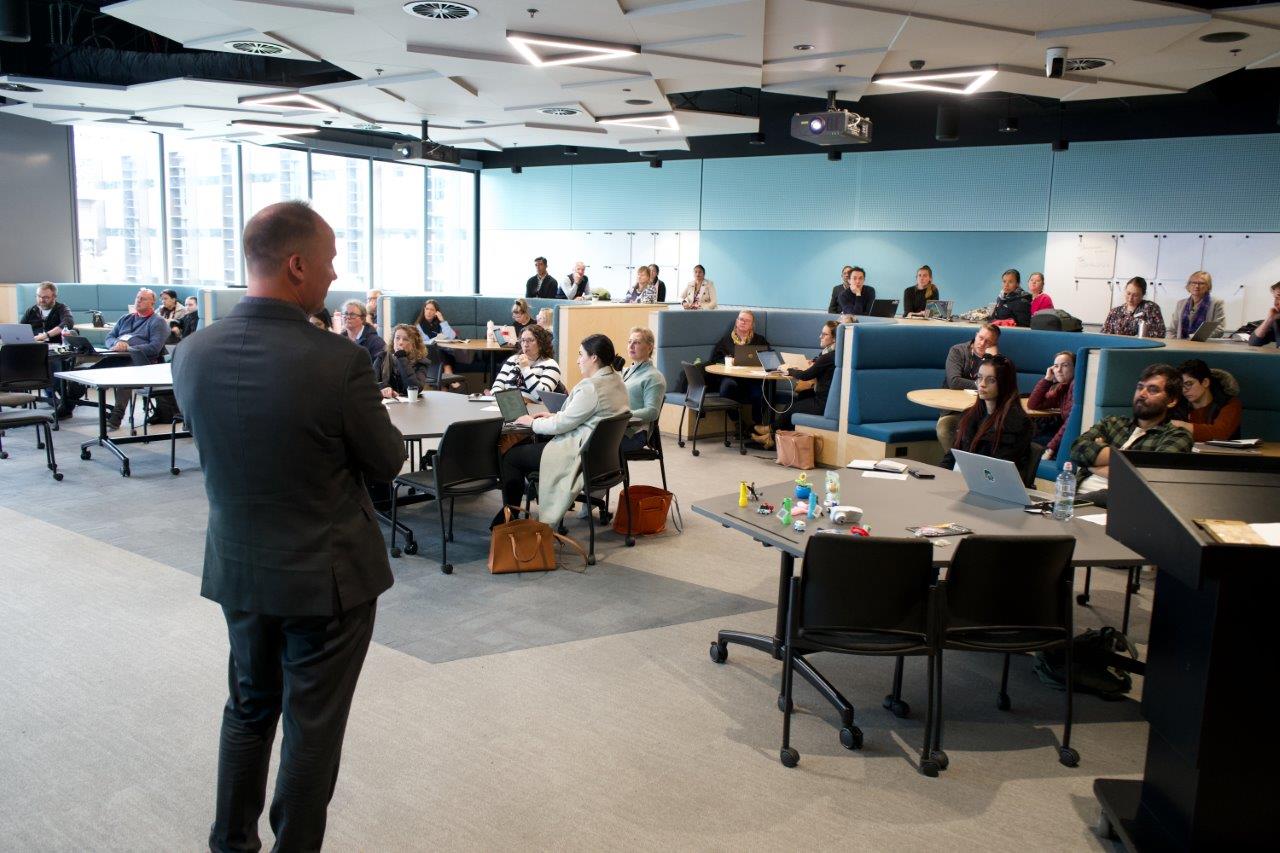
The ‘Experienced Teacher Stream’ workshop topics included ‘Harnessing the power of technology in the science classroom’, ‘Diversifying depth studies in your classroom using a game-based data collection approach’ and ‘Practicals that promote thinking’.
“I think they’re [the Department are] moving in a really good way – they’re supporting out-of-area teachers, new teachers, they’re addressing the teacher shortage, by creating this skeleton of a curriculum, and providing opportunities to go beyond it if we need to. So, I think we’re in a really good spot. I’m excited.”
A big drawcard at the conference was keynote speaker Professor Joanne Jamie, from Macquarie University, who presented fascinating insights into how Indigenous knowledges and ways of learning can be incorporated into the curriculum.
Teachers had the opportunity to explore Macquarie University’s Medicinal Plant and Bush Tucker Garden and extract medicines from native plants to test their antioxidant properties.
“Joanne ran a workshop following her keynote, which was fully subscribed, and it was so good!” Ayres said.
“Along with the CSIRO in their workshop, they just enabled teachers to walk away with a feeling of ‘whilst we can’t teach this from a personal perspective, we can teach science within a context of an Indigenous understanding’.
“So we can explore how did the Indigenous Australians classify plants and animals so that they could communicate more broadly? And the classification of plants is based on generally the tool that it creates, or the purpose or the resource that it forms.”
Ayres said in terms of global scientific communication, it’s about how can we align that with the Indigenous perspective when they needed to perhaps communicate between tribes or within their tribe about that particular tool or tree that they were using?”
“So it was fantastic.
“I would love to see more of that happening at our conferences, and that is our workshops and working together in partnership with CSIRO or NASA to provide more resources and exposure to our teachers so that they feel confident.”
As NSW schools enter a planning and preparation phase for the implementation of the new 7-10 science syllabus in 2026, STANSW will be hosting a Professional Development Conference to support secondary science teachers to navigate the new syllabus requirements. The STANSW 7-10 Conference will be held on August 26 at Taronga Zoo, with a lineup of immersive workshops and networking opportunities to explore new syllabus focus areas, integrate new content and equip teachers to confidently implement the new syllabus. Register here.

